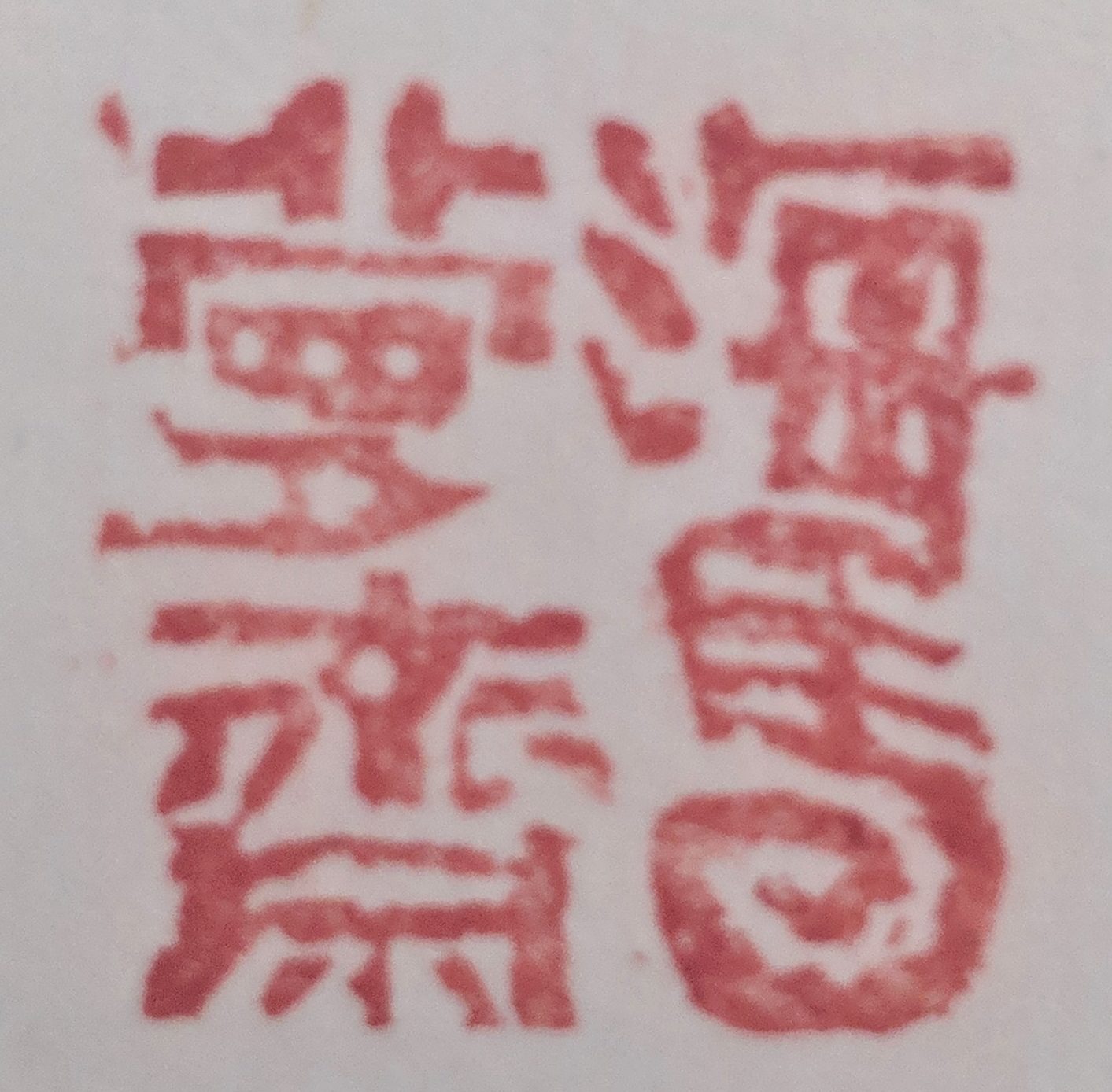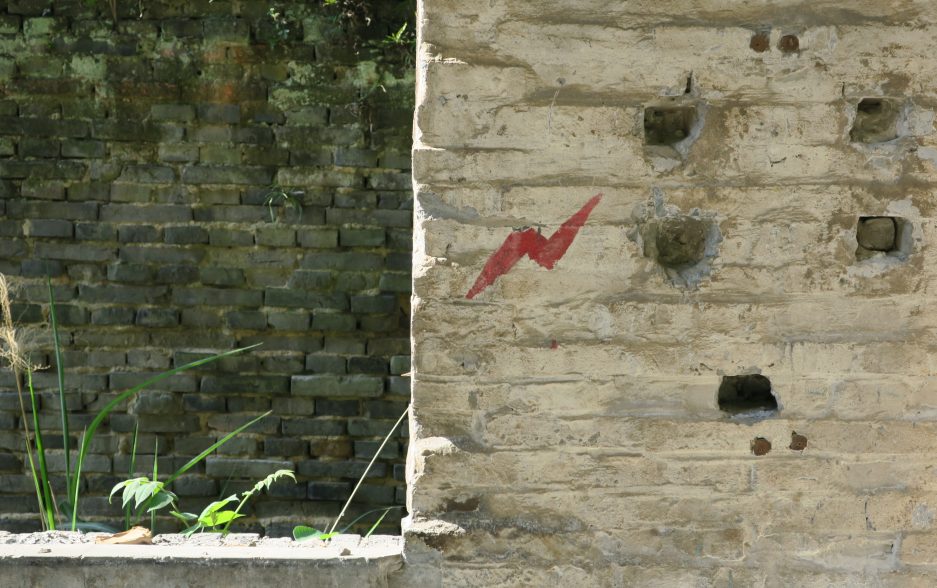My first year at Caltech was full of lunches with the Athenaeum, the oddly lush country club that doubles as a faculty club. In fact, on the subject of the Athenaeum, remember that scene in Beverly Hills Cop 2 where Eddie Murphy confronts the Victor Maitland character in his country club? That’s our faculty dining hall.

Pasadena is a strange place. But that’s not what we’re here to talk about. What I was saying was that my first year as a faculty member at Caltech was full of various lunches in this stuffy faculty club with a host of campus organizations and liaisons. I couldn’t list half of them now if you asked me to. But one of the more memorable meetings was with the student representatives of the Board of Control – the arm of student governance that participates in plagiarism cases.
As you no doubt know if you’re reading this, plagiarism has been a topic of increasing interest among the essay-writing disciplines. These days an entire industry exists to prevent and track plagiarism. Not only has the digital age made it easier for students to connect to paper mills, but it has brought the challenge of things like explaining fair use in the age of Wikipedia, as young scholars enter the classroom with ever-fuzzier distinctions between “common knowledge” and research products.
One of the things that the members of the BoC were there to explain that day was the process for settling plagiarism cases, which is a little more complicated because of the role that the Honor System plays at Caltech. An institution that prides itself both on collaboration and on academic excellence, the Caltech Honor Code is a core part of the campus culture.
The Caltech Honor Code is exactly one sentence long:
“No member of the Caltech community shall take unfair advantage of any other member of the Caltech community.”
Students at Caltech are not perfect, and breaches of the Honor Code happen. But the Honor System is taken so seriously on campus that students are inducted into the culture of “Honor” from even before their first quarter. It plays such an important role in setting the tone for academic engagement that instructors are simply not allowed to proctor exams. It is considered an insult to the “Honor” of the student body.
The students at this lunch were attempting to explain how Caltech students understand and interact with the Honor System. They offered several useful perspectives, and posed an interesting proposition:
They suggested that plagiarism could be avoided more effectively when faculty clearly outlined “Collab Policies” on their syllabi.
I asked: “What’s collab?”
They responded, smiling: “Collaboration! That’s why many of us came to Caltech. The Honor System allows us to work together as groups, instead of as individual students. It’s like working in a lab or a research group as an undergraduate. Many of us prefer this learning style because it allows us to support one another. But even though we’re serious about the Honor Code, we’re so used to working together that it helps for faculty to tell us explicitly which forms of collaboration are forbidden.”
I was thrilled to hear that I was on a campus that attracted students interested in collaboration. And I was also troubled: all of the conversations about plagiarism that I had been a part of to date were all about preventing the problem of dishonesty and cheating. I had never yet been a part of a discussion about how to encourage students to work together in useful ways.
I went home that day and started re-drafting my syllabi.
I asked myself for the first time: why did I ever expect students to work alone? What benefit did I expect to result from students’ isolated efforts? What tasks might benefit from collaboration? How might students scale up their efforts, or rely on the strengths of others, to produce more meaningful work?
It struck me that, in a world where my colleagues seem to be talking a great deal about the threat to the humanities, maybe it was time to start thinking about the humanistic effort beyond the genius-in-a-box paradigm.
What would scholarly collaboration – a rare but prized opportunity in the world of historians – look like in the classroom? How would a collaborative approach to learning and work change my goals as a teacher? How could it change the experience of students?
This question has defined my approach to the undergraduate classroom ever since.

